The same author[1] shows us that in Spain the development has been more gradual. The padel experienced great growth in the late 1990s, with the significant increase in facilities, practitioners and licenses. Development in other cities has been driven by important figures from the political, entrepreneurial, sports and journalistic fields.
In 1987, the Spanish association of padel was created thanks to Corcha Galaters, Pedro Ballvé and Rafael Silvela. She was responsible for promoting and organizing sport in the country.
Four years later, the International Federation of padel is incorporated with Alegria Artiach as president. The latter was responsible for creating a circuit of international competitions and international game rules.
At national level, a Spanish Federation of padel was created in 1997 and aims to regulate the practice.
Thanks to Priego Quesada[2], we can see the evolution of the number of clubs and licensees in Spain between 1988 and 2011:
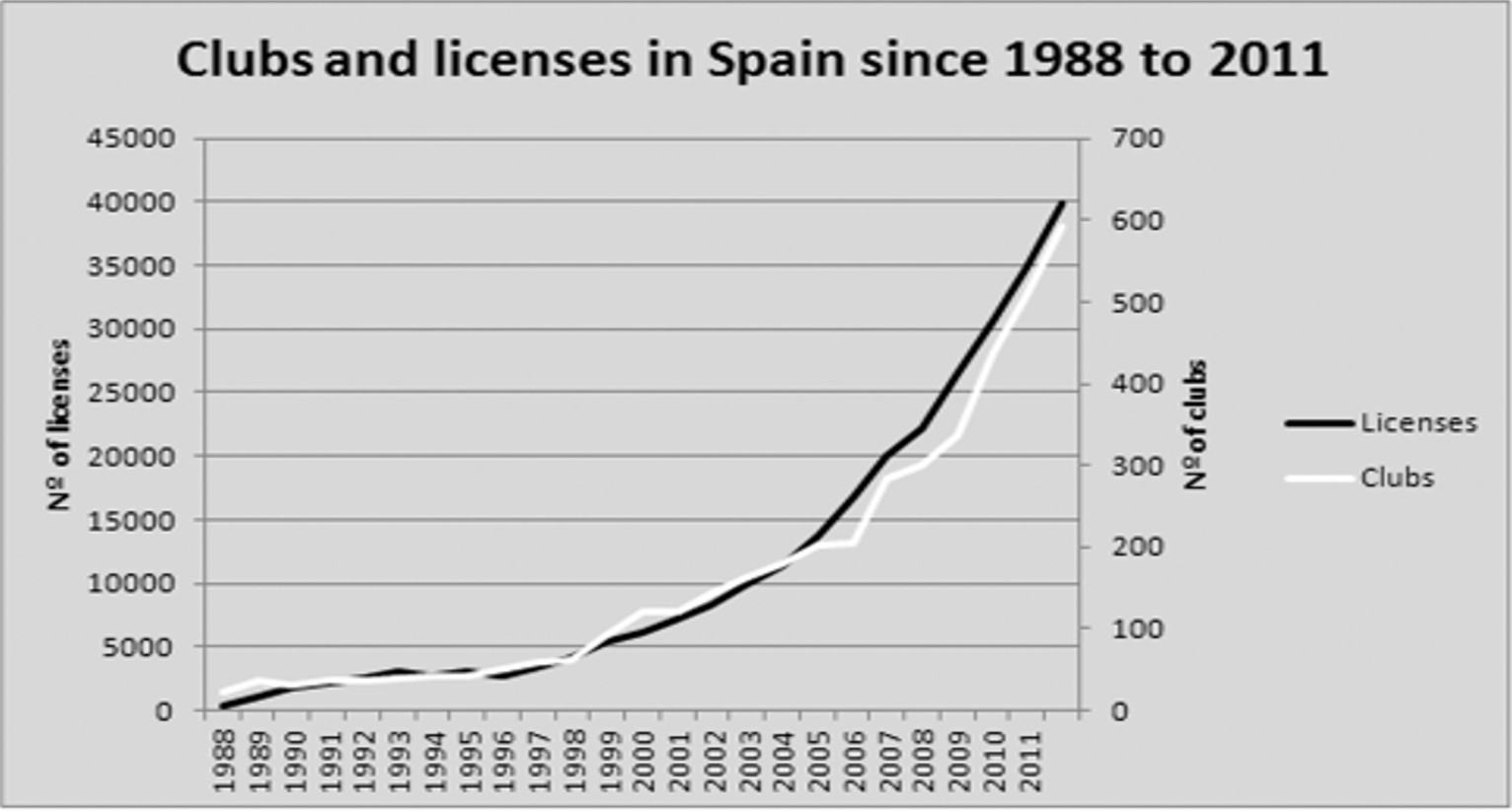
It is clear that in a little over 20 years, the number of licensees and clubs has exploded. The biggest evolution took place between 1998 and 2011, we went from about 4 000 licensed to 40 000 (we are talking about licensees and not practitioners), a number multiplied by 10, and about 90 clubs at 600. This represents a sharp increase in just 13 years.
We also obtained some figures thanks to Courel Ibanez[3], on the practice of padel in Spain. The latter was able to carry out a study on the evolution of padel in Spain, and on the typical profile of the player according to age, gender and level of practice. It turns out that there are about 4,3 million practitioners in padel in 2015, or 3 million more than in 2010. 29% of practitioners are women and 32% of licenses belong to women. We must indeed make the distinction between licensee and practitioner. Finally, the majority of players are between 35 and 54 years old.
We see that in Spain, this practice is largely for adults over 30 years, and that practitioners are represented by
[1] SANCHEZ-ALCARAZ MARTINEZ Bernardino Javier, “Historia del padel =History of Padel", Materials for the Historia del Deporte (11 number), 2013
https://www.upo.es/revistas/index.php/materiales_historia_deporte/article/view/800
[2] PRIEGO QUESADA José Ignacio, OLASO MELIS José, LLANA BELLOCH Salvador, PEREZ SORIANO Pedro, GONZALEZ GARCIA Juan Carlos, SANCHIS ALMENARA Mercedes, “Padel : A Quantitative study of the shots and movements in the high-performance ”, Journal of Human Sport and Exercise (8 Vol., No. 4), 2013, pp. 925-931
http://mobiroderic.uv.es/bitstream/handle/10550/36113/095173.pdf?sequence=1&isAllowed=y
[3] COUREL IBANEZ Javier, SANCHEZ-ALCARAZ MARTINEZ Bernardino Javier, GARCIA BENITEZ Sergio, ECHEGARAY Martin, “Evolucion del padel en Espana en funcion del Género y edad de los practicantes ”, Cultura, Ciencia y Deporte, flight. 12 (No. 34), 2017, pp. 39-46
http://www.redalyc.org/articulo.oa?id=163049997005
Franck Binisti discovers the padel at the Club des Pyramides in 2009 in the Paris region. Since padel is part of his life. You often see him touring France going to cover the major events of padel French.




































































































 Premier Padel Brussels P2 – A 2.0 version of the final in Chile?
Premier Padel Brussels P2 – A 2.0 version of the final in Chile? P1000 PadelShot Saint-Étienne – Pierre Vincent and Arthur Hugounenq, the kings of the “comeback”
P1000 PadelShot Saint-Étienne – Pierre Vincent and Arthur Hugounenq, the kings of the “comeback” Premier Padel Brussels P2 – Brea/Gonzalez, a tenth title together!
Premier Padel Brussels P2 – Brea/Gonzalez, a tenth title together! Guillaume Codron de Sud Padel : “A family project”
Guillaume Codron de Sud Padel : “A family project” Nallé Grinda: “Democratize the padel in the USA with PadelX "
Nallé Grinda: “Democratize the padel in the USA with PadelX " Simon Boissé: “We know that there are two nations in front of us”
Simon Boissé: “We know that there are two nations in front of us” Marie Maligo: “This period of frequent changes of partners was beneficial for me”
Marie Maligo: “This period of frequent changes of partners was beneficial for me” P1000 PadelShot Saint-Étienne – Watch the Hugounenq/Vincent – Seux/Courrin semi-final live
P1000 PadelShot Saint-Étienne – Watch the Hugounenq/Vincent – Seux/Courrin semi-final live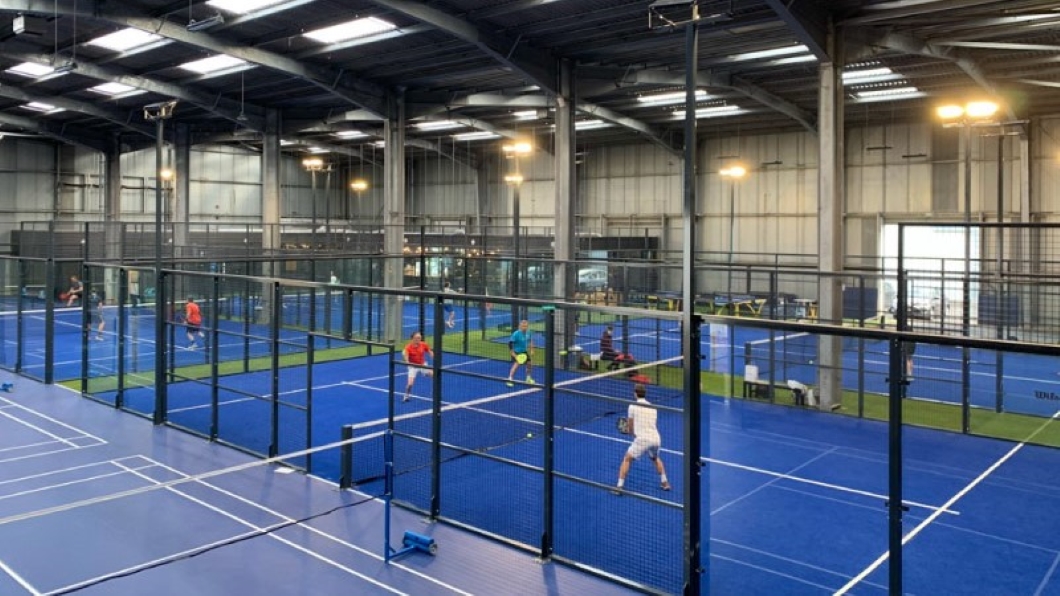 P1000 PadelShot Saint-Étienne – Follow the surprise poster Vincent/Hugounenq – Couturier/Benmergui live
P1000 PadelShot Saint-Étienne – Follow the surprise poster Vincent/Hugounenq – Couturier/Benmergui live The All Star Tour returns on May 16 at the All In in Lyon
The All Star Tour returns on May 16 at the All In in Lyon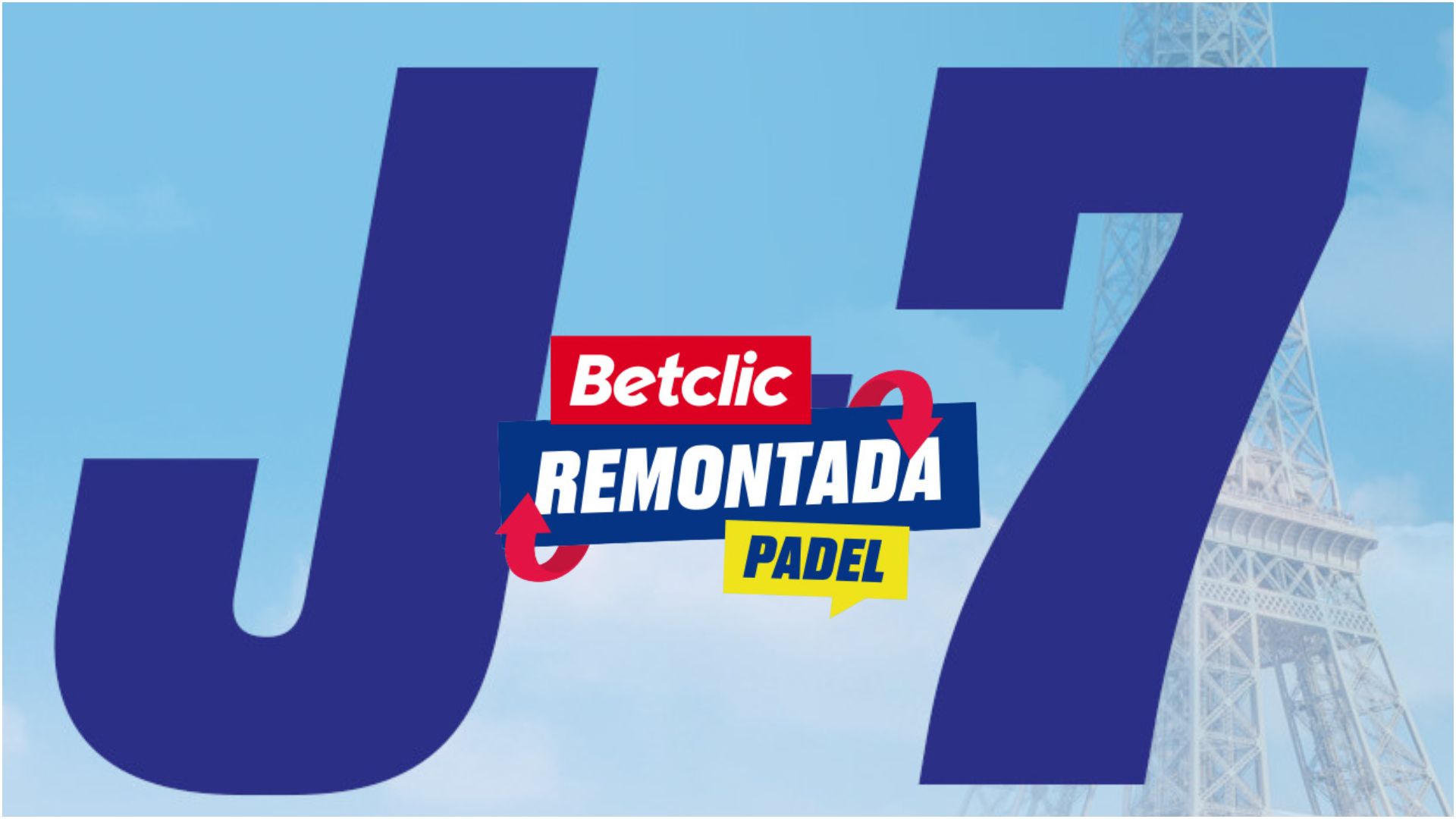 D-7 of the “BetClic Remontada Padel”, at the foot of the Eiffel Tower
D-7 of the “BetClic Remontada Padel”, at the foot of the Eiffel Tower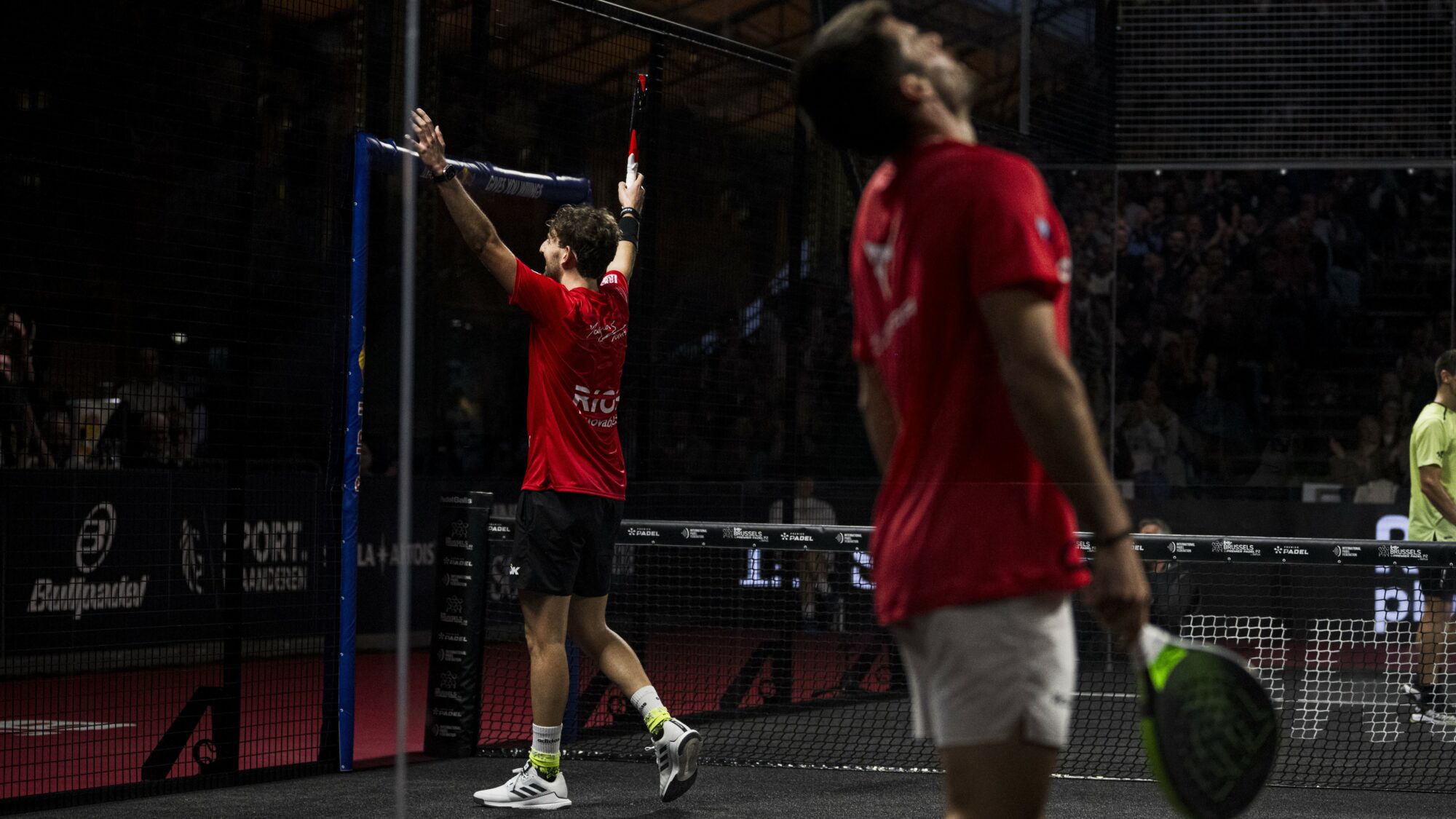 Obviously, Javi Garrido's service does not please Mike Yanguas...
Obviously, Javi Garrido's service does not please Mike Yanguas...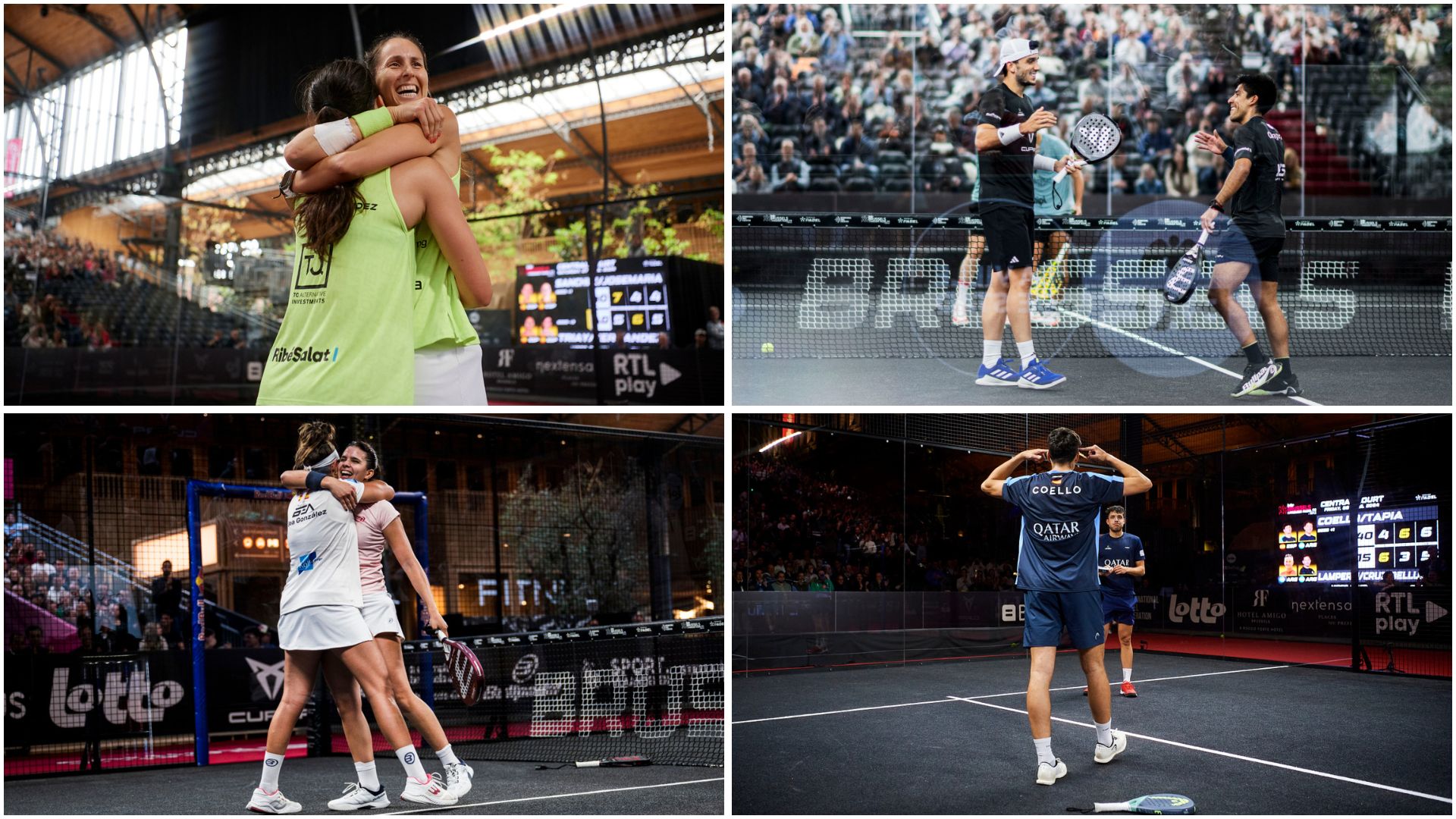 Premier Padel Brussels P2 – It’s time for the long-awaited finals!
Premier Padel Brussels P2 – It’s time for the long-awaited finals!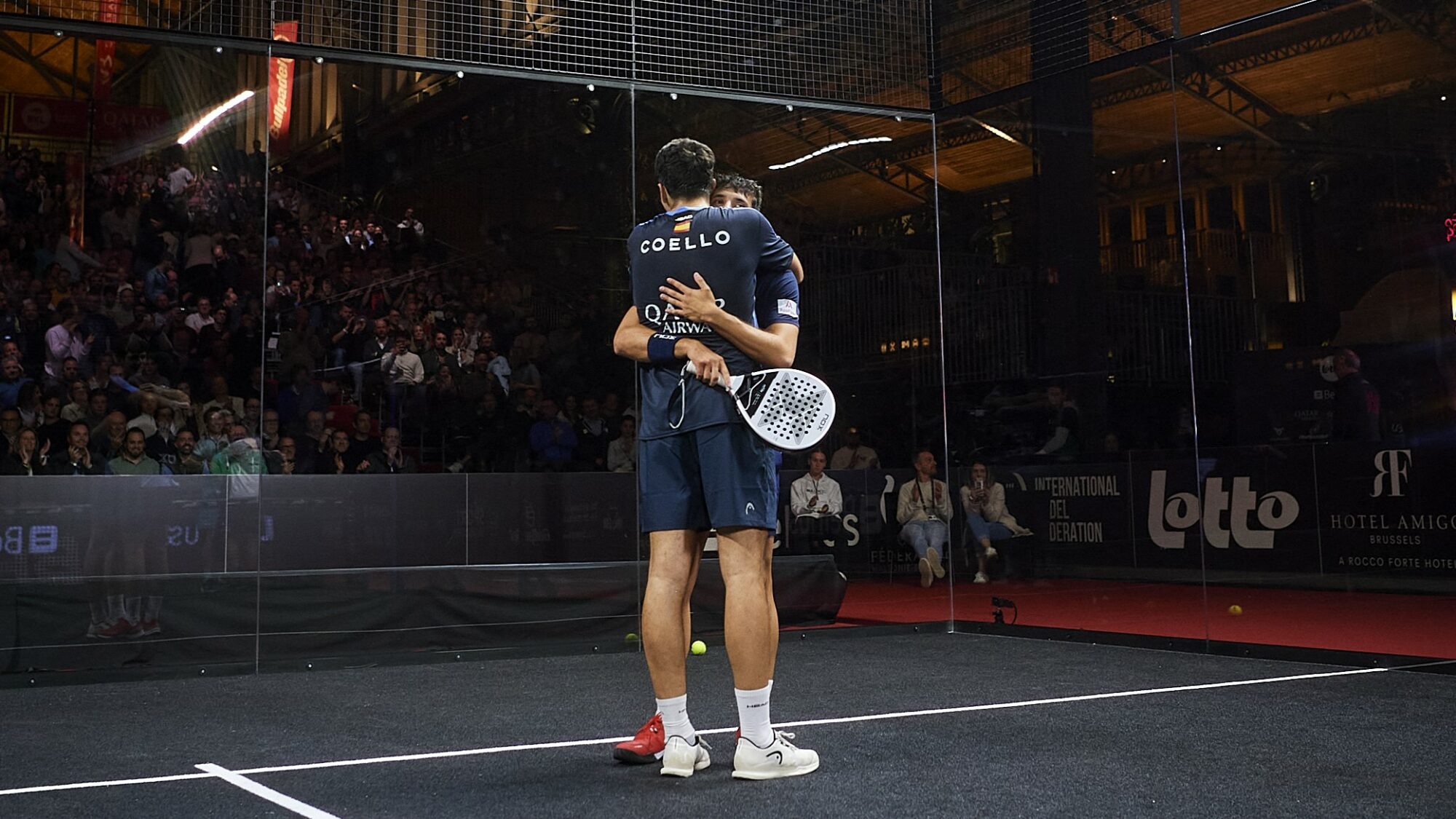 Premier Padel Brussels P2 – Arturo Coello and Agustín Tapia… obviously
Premier Padel Brussels P2 – Arturo Coello and Agustín Tapia… obviously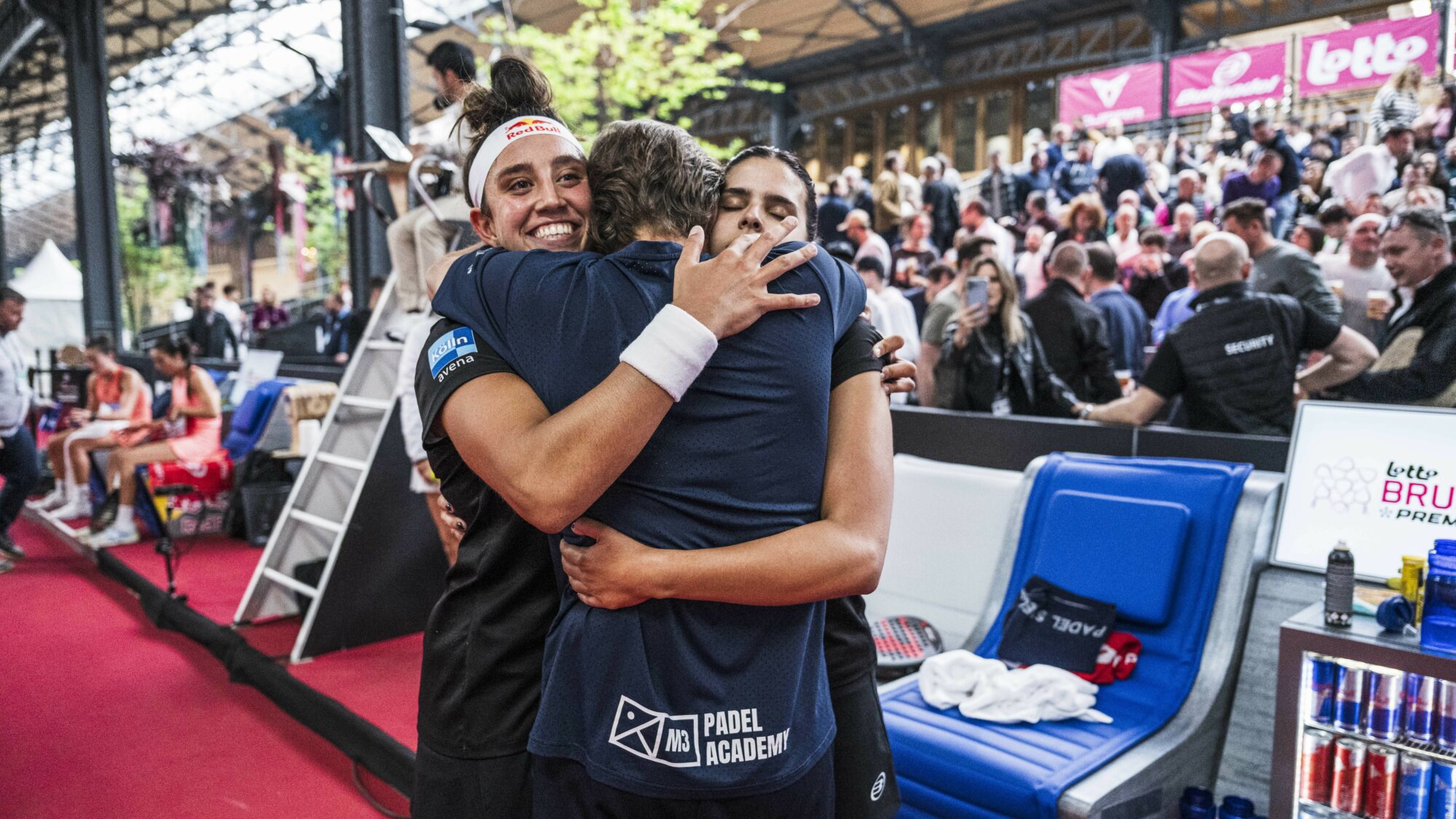 Premier Padel Brussels P2 – Brea/Gonzalez wins the arm wrestling against Salazar/Icardo
Premier Padel Brussels P2 – Brea/Gonzalez wins the arm wrestling against Salazar/Icardo José Manuel Escin at the inauguration of Casa Padel DOS: “Finally, and thank you!”
José Manuel Escin at the inauguration of Casa Padel DOS: “Finally, and thank you!” Padel Score comes to Tahiti for American Express Padel Cup!
Padel Score comes to Tahiti for American Express Padel Cup! Do you know the Rafa Nadal Academy Tour?
Do you know the Rafa Nadal Academy Tour? Play at padel on his yacht? Possible for €233.000!
Play at padel on his yacht? Possible for €233.000!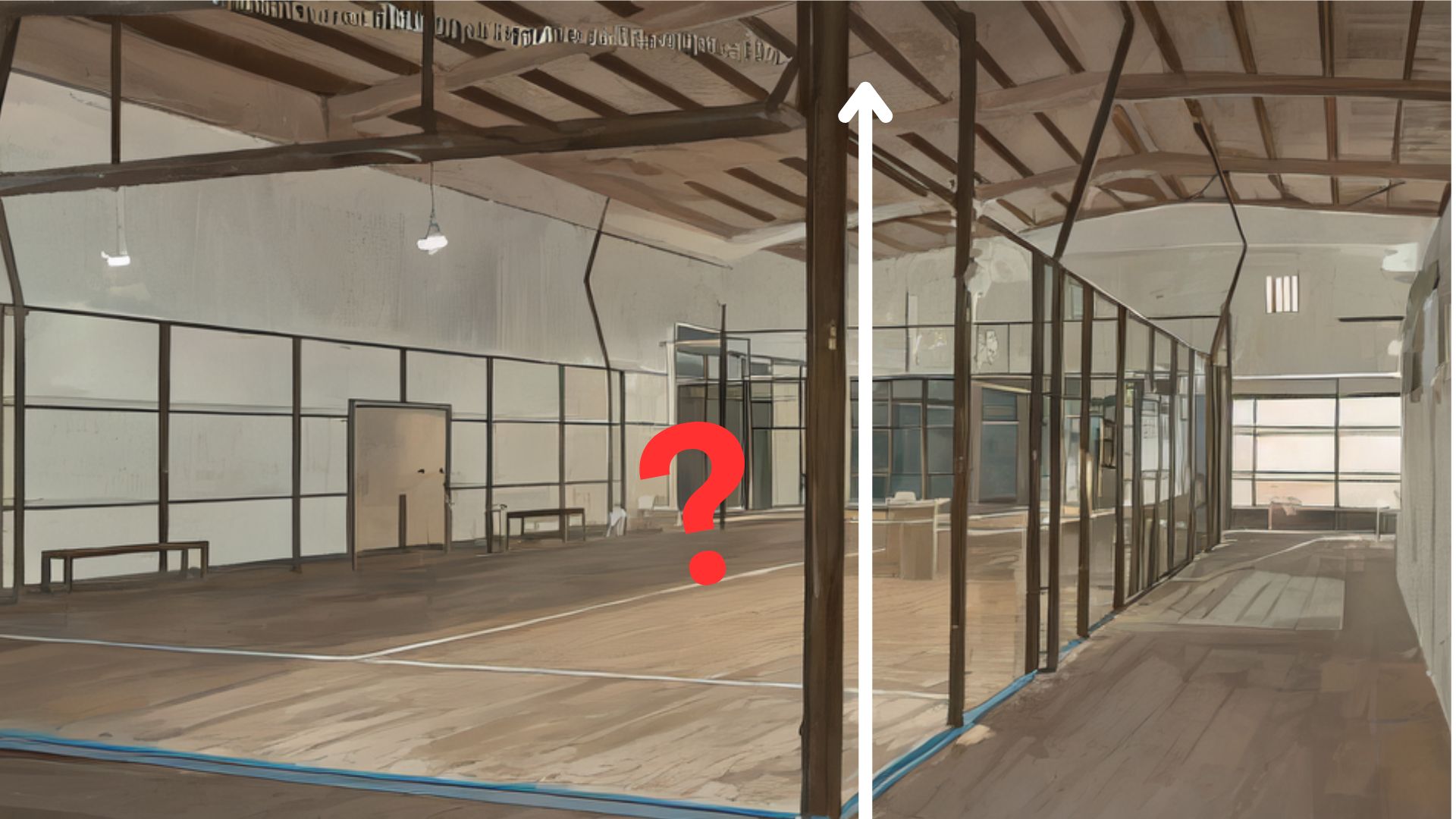 Find out everything about the dimensions of a plot of land padel
Find out everything about the dimensions of a plot of land padel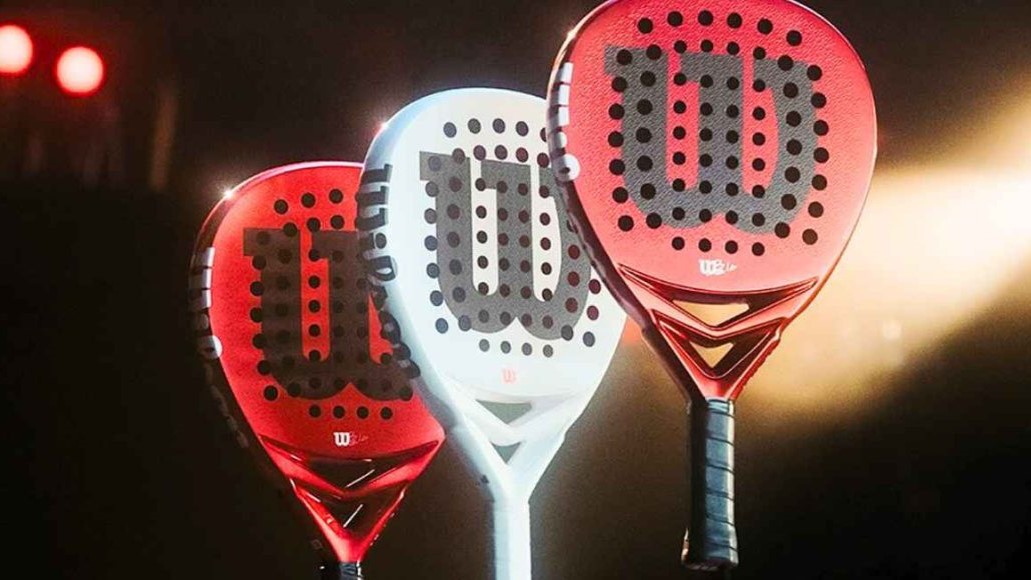 Presentation of the Wilson Bela V2.5 collection
Presentation of the Wilson Bela V2.5 collection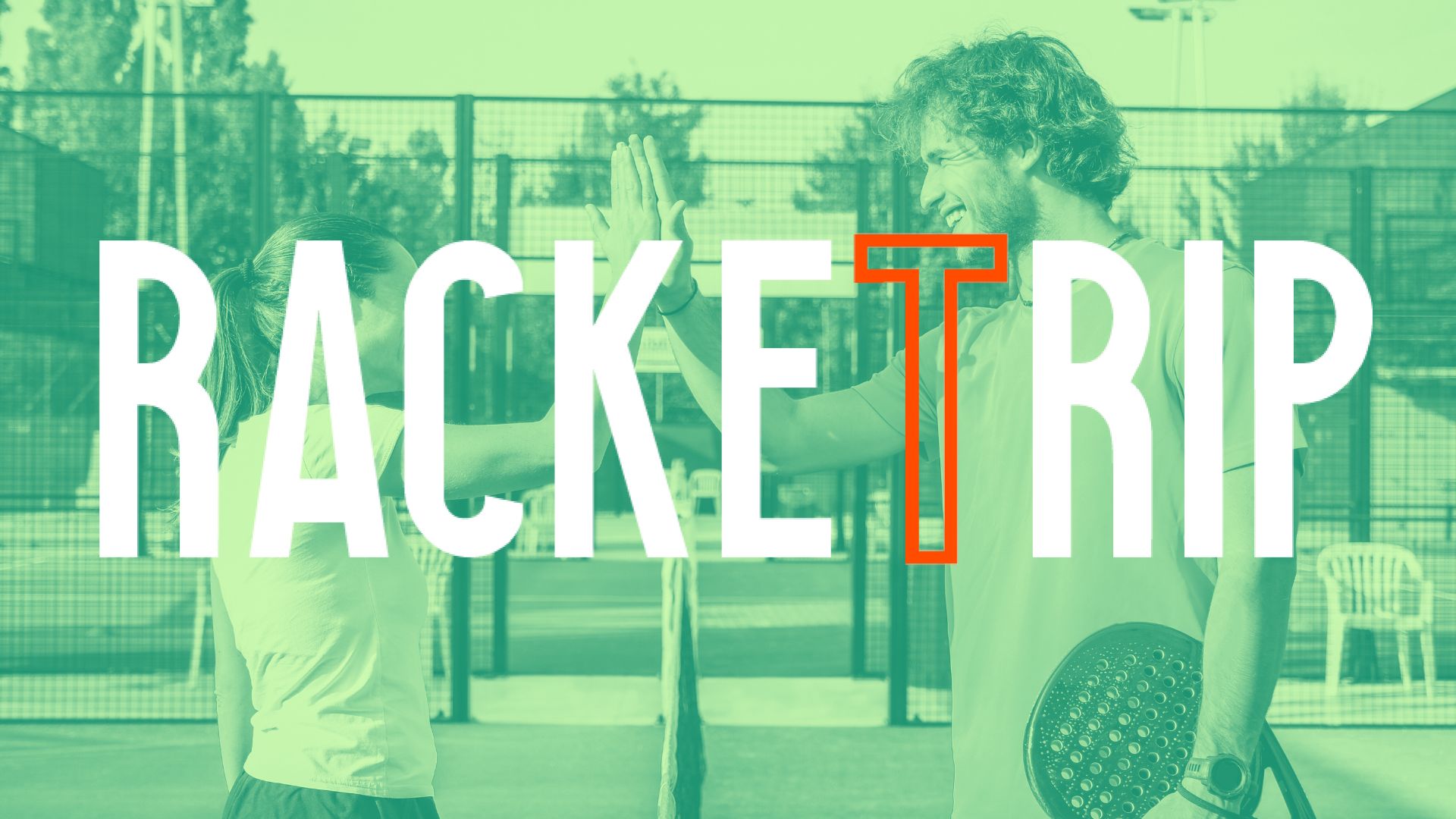 The LinkedIn of racquet sports: Racket Trip
The LinkedIn of racquet sports: Racket Trip The score at padel : manual
The score at padel : manual At the heart of padel – Episode 25: Paul and Andoni answer your questions
At the heart of padel – Episode 25: Paul and Andoni answer your questions At the heart of padel – Episode 23: defend the window well
At the heart of padel – Episode 23: defend the window well Prohibition on playing topless Padel : the reasons
Prohibition on playing topless Padel : the reasons FIP Tour – Going far from Europe, THE strategy to earn points!
FIP Tour – Going far from Europe, THE strategy to earn points! What is a good football player? padel ?
What is a good football player? padel ? “Lefties give me headaches when I play against them!”
“Lefties give me headaches when I play against them!” At the heart of padel – Episode 14: how to earn points in winter?
At the heart of padel – Episode 14: how to earn points in winter? The basic tactics of padel
The basic tactics of padel A par 4 is always a winner...even if you manage to defend it!
A par 4 is always a winner...even if you manage to defend it! Carbon fiber VS fiberglass: what to choose?
Carbon fiber VS fiberglass: what to choose? How to effectively test a racket padel ?
How to effectively test a racket padel ? La padel to fight Parkinson's disease
La padel to fight Parkinson's disease Don't play with a cracked or broken racket, your body will thank you!
Don't play with a cracked or broken racket, your body will thank you! Michel Cymes: “The padel, physically, it’s serious!”
Michel Cymes: “The padel, physically, it’s serious!” Our Top 10 training courses padel in France and Europe
Our Top 10 training courses padel in France and Europe Jeremy Gala: “Promote the padel among young people in Belgium remains a challenge”
Jeremy Gala: “Promote the padel among young people in Belgium remains a challenge” The French Touch Academy organizes its selection day Padel-Study
The French Touch Academy organizes its selection day Padel-Study Report on the detection and training of younger generations
Report on the detection and training of younger generations